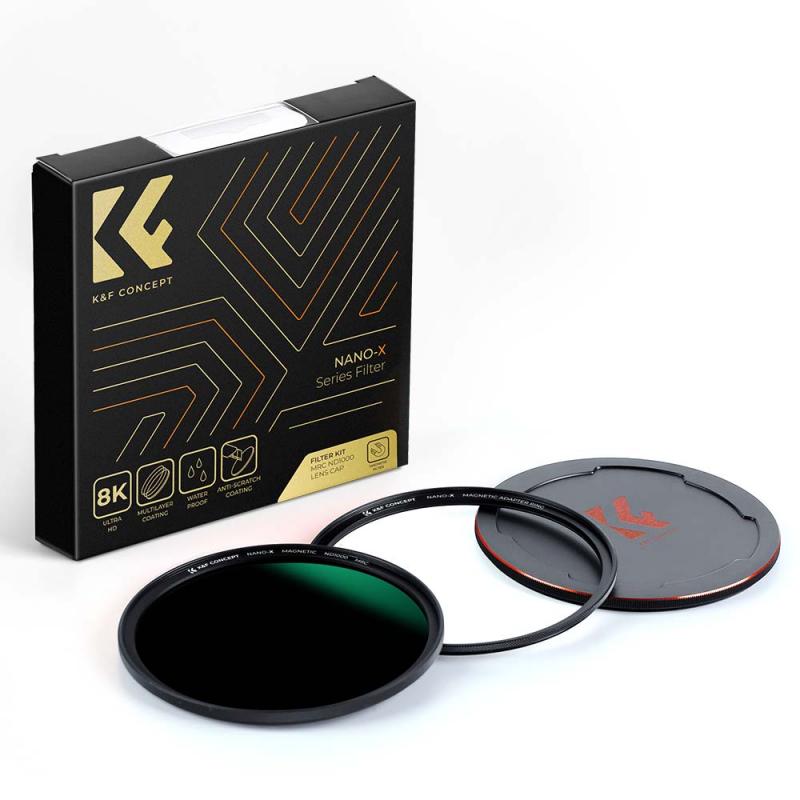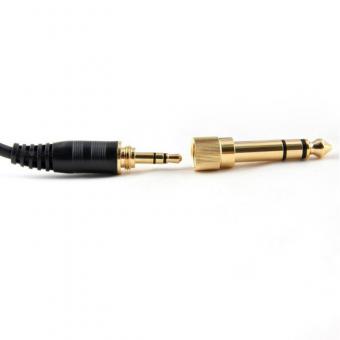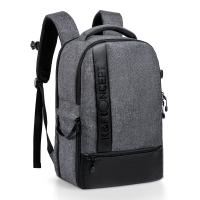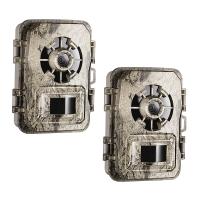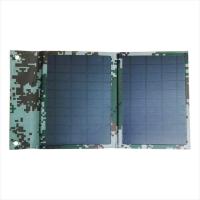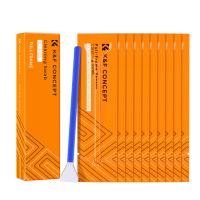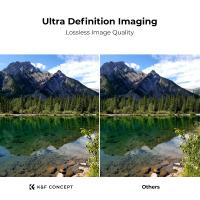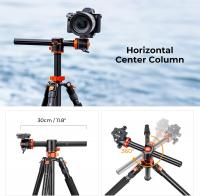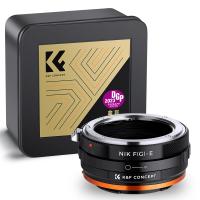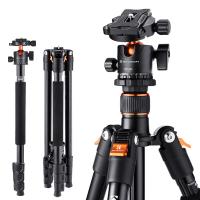What Is An Nd Filter ?
An ND filter, short for Neutral Density filter, is a type of camera filter that reduces the amount of light entering the camera lens without affecting the color or hue of the image. It is essentially a darkened piece of glass or resin that is placed in front of the lens to block some of the light. ND filters are commonly used in photography and videography to achieve certain creative effects or to control exposure in bright lighting conditions. By reducing the amount of light, ND filters allow for longer exposure times, which can result in motion blur or smooth out water and clouds. They are also useful in situations where a shallow depth of field is desired, as they allow for wider apertures to be used without overexposing the image.
1、 Definition and Purpose of ND Filters in Photography
An ND filter, short for Neutral Density filter, is an essential tool in photography that helps control the amount of light entering the camera lens. It is a transparent filter that reduces the intensity of all wavelengths of light equally, without affecting the color balance.
The primary purpose of an ND filter is to allow photographers to achieve creative effects by manipulating exposure settings. By reducing the amount of light entering the lens, ND filters enable longer exposure times, even in bright conditions. This is particularly useful in situations where a slower shutter speed is desired, such as capturing motion blur in waterfalls or creating smooth, dreamy effects in landscapes. Additionally, ND filters can be used to achieve a shallower depth of field by allowing wider apertures to be used in bright lighting conditions.
ND filters are available in different strengths, measured in stops, which indicate the amount of light reduction they provide. Common strengths include 1-stop, 2-stop, and 3-stop filters, but more extreme options are also available for specific purposes.
In recent years, the use of ND filters has gained popularity among photographers due to the rise of long-exposure photography and the increasing demand for creative effects. With the advancements in digital photography, photographers can now easily experiment with different ND filter strengths and combine them with other techniques to achieve unique and visually stunning results.
In conclusion, an ND filter is a versatile tool that allows photographers to have greater control over exposure settings and achieve creative effects by reducing the amount of light entering the camera lens. Its purpose is to enable longer exposure times and wider apertures in bright conditions, ultimately enhancing the artistic possibilities in photography.
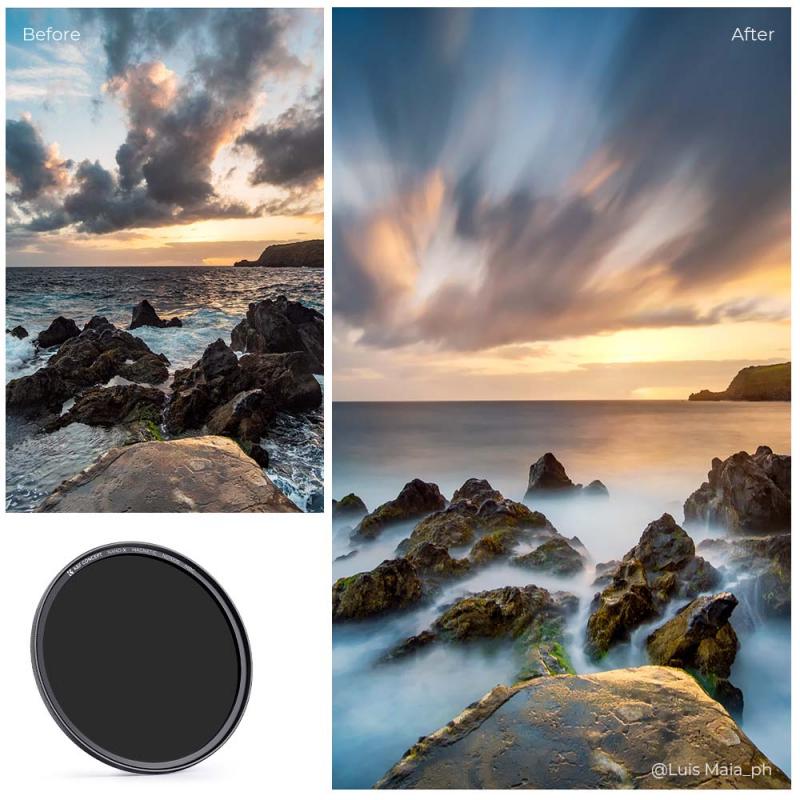
2、 Types of ND Filters: Solid, Graduated, Variable
An ND filter, short for Neutral Density filter, is an essential tool for photographers and videographers. It is a piece of glass or resin that is placed in front of the camera lens to reduce the amount of light entering the camera without affecting the color or contrast of the image. This allows for greater control over exposure settings, especially in bright conditions or when using long exposure techniques.
There are several types of ND filters available in the market. The most common ones include solid, graduated, and variable ND filters. Solid ND filters have a consistent density throughout the filter, reducing the amount of light evenly across the entire image. Graduated ND filters, on the other hand, have a gradient density, with one half of the filter being darker than the other. This is particularly useful when shooting landscapes with a bright sky and darker foreground, as it helps balance the exposure.
Variable ND filters are a more recent innovation and have gained popularity among photographers and videographers. These filters allow for adjustable density, providing a range of light reduction options in a single filter. By rotating the filter, users can easily control the amount of light entering the camera, making it a versatile tool for various shooting conditions.
In recent years, there has been a growing trend towards using high-quality ND filters made from optical glass rather than resin. These glass filters offer superior image quality, better color accuracy, and reduced risk of distortion or color cast. Additionally, some manufacturers have introduced nano-coatings on their filters to minimize reflections and improve overall image clarity.
Overall, ND filters are indispensable tools for photographers and videographers, enabling them to achieve creative effects, control exposure, and capture stunning images in challenging lighting conditions.
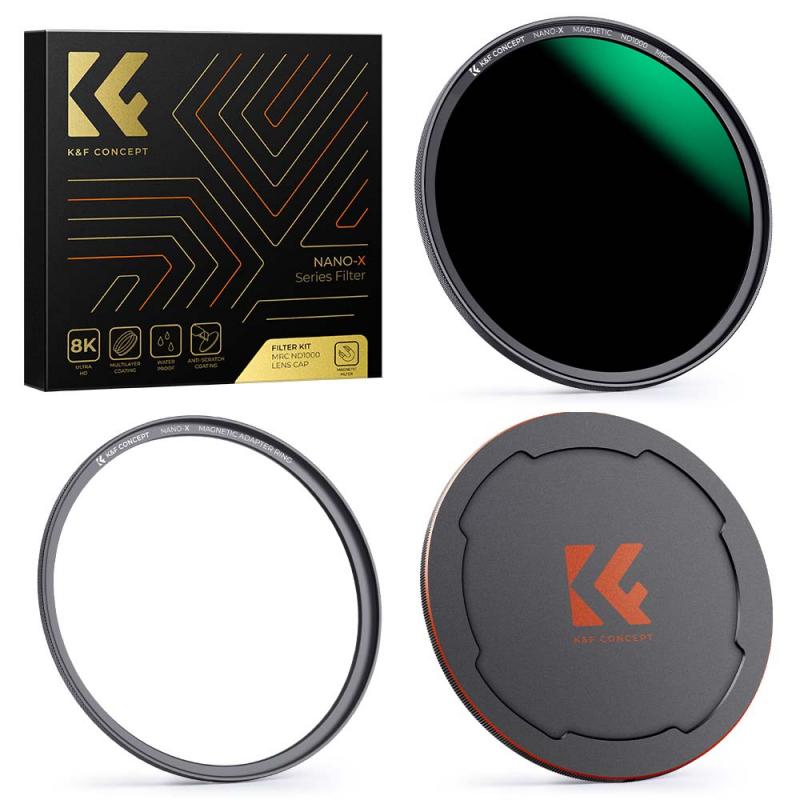
3、 ND Filter Strengths and F-stop Reductions
An ND filter, short for Neutral Density filter, is an essential tool for photographers and videographers. It is a piece of glass or resin that is placed in front of the camera lens to reduce the amount of light entering the camera without affecting the color or contrast of the image.
ND filters come in different strengths, usually measured in stops. The strength of an ND filter determines the amount of light it blocks, allowing photographers to control the exposure and achieve desired effects. The most common strengths are ND2, ND4, ND8, and ND16, with each stop representing a halving of the amount of light entering the camera.
The primary purpose of using an ND filter is to achieve a longer exposure time, especially in bright conditions. This is particularly useful for landscape photography, where longer exposures can create a sense of motion in water or clouds, or for capturing light trails in night photography. ND filters also enable photographers to use wider apertures in bright conditions, allowing for a shallower depth of field.
In recent years, there has been an increasing demand for higher-strength ND filters, such as ND64, ND1000, or even ND100000. These filters are commonly used in long-exposure photography during daylight hours, where they can create stunning effects by blurring moving elements in the scene, such as waves or crowds.
It is worth noting that with the advancement of digital cameras and their increased dynamic range, the need for ND filters has somewhat diminished. Many photographers now prefer to achieve similar effects through post-processing techniques. However, ND filters still offer a more precise and immediate control over exposure, and they remain a valuable tool in the photographer's arsenal.
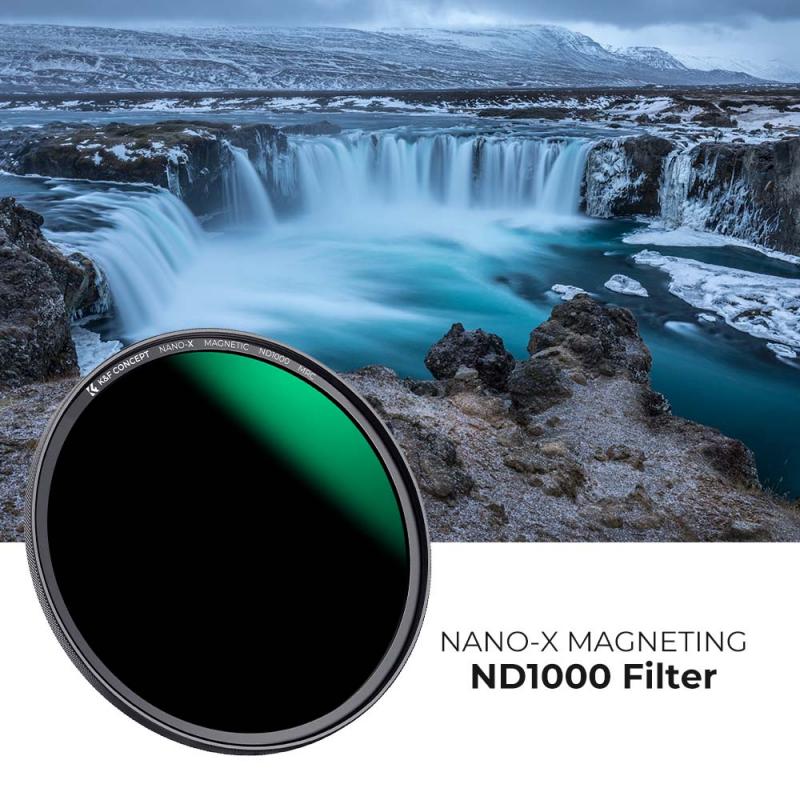
4、 Choosing the Right ND Filter for Different Lighting Conditions
An ND filter, short for Neutral Density filter, is an essential tool for photographers and videographers. It is a piece of glass or resin that is placed in front of the camera lens to reduce the amount of light entering the camera without affecting the color or contrast of the image. This allows for greater control over exposure settings, particularly in bright lighting conditions.
ND filters come in different strengths, measured in stops, which indicate the amount of light they block. Common strengths include ND2, ND4, ND8, and ND16, with each stop reducing the light by half. For example, an ND4 filter will reduce the amount of light entering the camera by two stops.
Choosing the right ND filter depends on the lighting conditions and the desired effect. In bright daylight, a stronger ND filter like ND8 or ND16 may be necessary to achieve a slower shutter speed or wider aperture for creative purposes. On the other hand, in low-light situations, a weaker ND filter like ND2 or ND4 can be used to avoid overexposure.
It is important to note that the latest point of view on ND filters is the introduction of variable ND filters. These filters allow for adjustable light reduction by rotating the filter, providing a range of stops in a single filter. This versatility makes them popular among photographers and videographers as they can quickly adapt to changing lighting conditions without needing to switch filters.
In conclusion, an ND filter is a valuable tool for controlling exposure in different lighting conditions. Choosing the right ND filter depends on the desired effect and the amount of light present. The introduction of variable ND filters has added convenience and flexibility to the use of ND filters in photography and videography.
